By Victoria Espinoza
For four women in East Northport, using their free time to help others feels “sew” good.
Three years ago Agatha Piropato, Leslie Latchford, Karen Bennis and Sue Perillo discovered Dress a Girl Around the World, a campaign organized by nonprofit organization Hope 4 Women International that brings a new dress to girls in need throughout the world. The dresses these women work on have gone as far as Africa to countries including Malawi and Ghana.
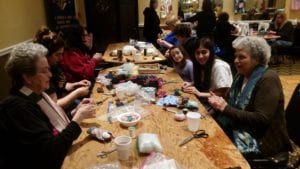
As all four are avid sewers, they saw this campaign as a worthwhile use of their skills and got to work. They would meet at someone’s house or the local library, but soon Perillo said the women wanted to make a bigger impact than what their four hands were producing.
“One of our friends said the Columbiettes are always looking for some activity to do together that doesn’t cost them anything,” Perillo said in a phone interview. “So, we decided to do a sewing night at the hall and they loved it and immediately asked when we could do it again.”
Since then East Northport members of the Fr. Thomas A. Judge Columbiettes have been meeting as frequently as once a mmonth at the local Knights of Columbus hall and, along with volunteers, have produced over 200 dresses so far.
“This just got bigger and bigger,” Perillo said. “We’re all about keeping it going now. We’re constantly adding new people, and we get about 20 women each time.”
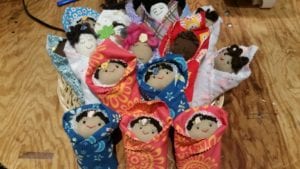
The four women create kits before each meeting that have instructions on how to construct the dress, as well as instructions to create a small doll that goes in one of the front pockets of every dress.
Participants at the hall meetings range in all ages. And for the younger volunteers, there is no requirement to know how to use a sewing machine or be an experienced seamstress. Instead, they help iron, cut fabric and learn simple stitches.
“It’s fun for everybody,” Latchford said in a phone interview.
Perillo said someone put a notice on the Knights of Columbus bulletin for fabric and trim and “low and behold tons and tons and pounds and pounds came in.”
Latchford said the rising popularity of the monthly events has surprised her. “Not at all did I expect it to grow this much,” she said in a phone interview. “It just kind of evolved. We started having meetings at the hall and they just took to it. I don’t know how we got to where we are but we’re making a lot of dresses for girls all over the world.”
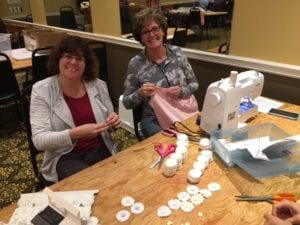
Not only are the women trying to put a clean dress on as many girls’ backs as possible, they are also trying to ensure them a safer life. Perillo said each dress comes with a purple tag on it that bears the organization’s name. She said the idea is intended to dissuade predators from attacking young girls because the tag symbolizes the girl is being monitored and taken care of by an organization.
Both women agreed that seeing a young girl wearing their dress for the first time was an unforgettable experience.
“To see her happy in the dress, it’s so rewarding,” Latchford said.
Perillo echoed the sentiments, holding back tears as she reflected on the first time she saw a young girl in her dress.
“I cried when I first saw a girl in my dress,” she said. “I was speechless because you think how far the dress had traveled. Someone had to walk the barrels [that the dresses are shipped in] four to five miles up and down rivers. It’s incredible, the journey. To see her so happy in the dress, it’s everything.”
Perillo said the group is currently trying to expand to create clothing for young boys as well, testing short designs and instructions. And Latchford said she hopes in the future some of these clothes can go to young girls right here in the United States who are in need of a clean dress, saying sometimes you forget your own when you’re focusing on other parts of the world.
Perillo said a lot of the help with transporting the dresses from Long Island to the other side of the world comes from Carrie Davis, chapter coordinator for Long Island Quilts for Kids, a nonprofit organization that makes quilts for sick children staying in hospitals. Davis has contacts that help ensure the dresses made get exactly where they need to go.
“The women who made this journey to deliver our love made dresses are strangers and will never be known to any of us,” Davis said in a statement. “Their kindness and perseverance will enable our dresses to arrive in a village 5,400 miles away that cannot be found on a map. It is truly our privilege to be able to do this work and we are very grateful for those along the way who have helped to make this all happen.”
The Columbiettes are always looking for more volunteer dressmakers. No experience is necessary and it’s open to all. For more information, please contact Sue Perillo at 631-754-8606 or Agatha Piropato at 631-499-7138.
All photos from Sue Perillo

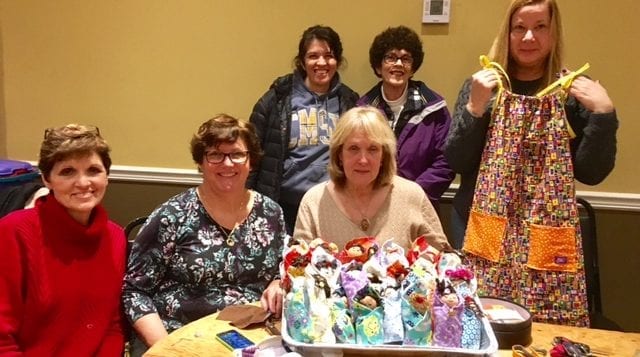




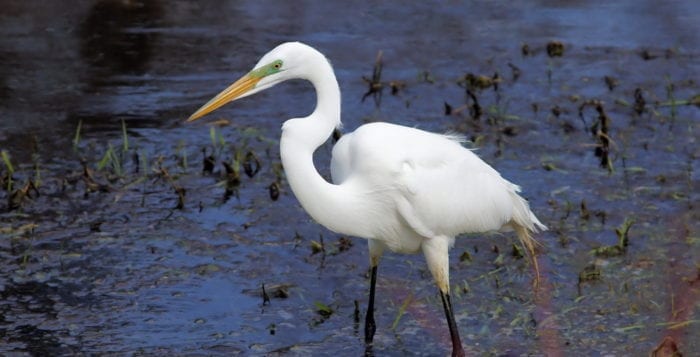
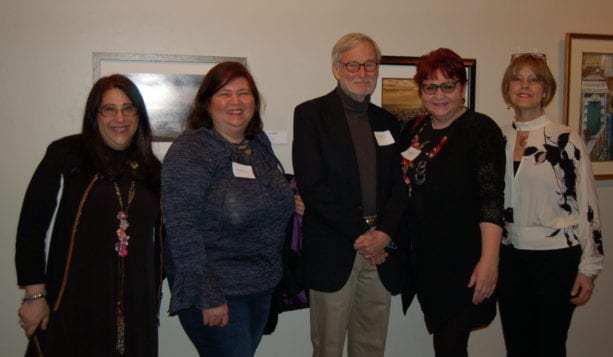
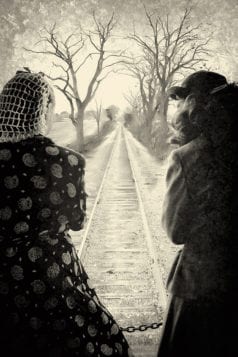
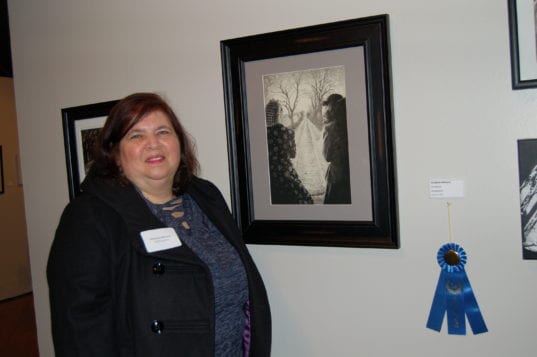
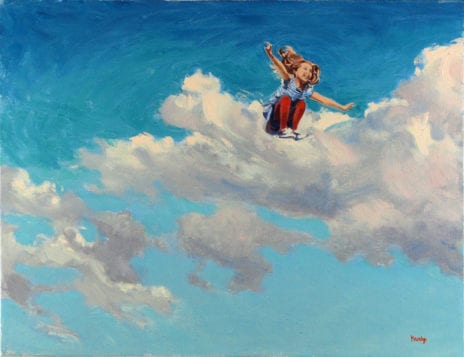
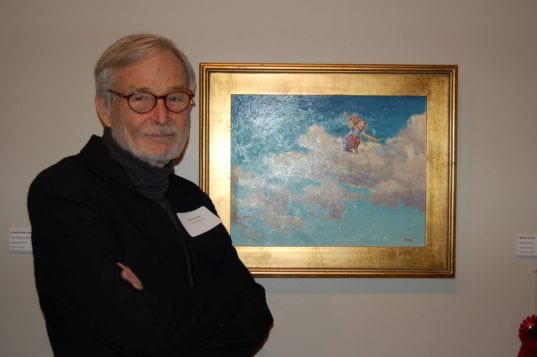
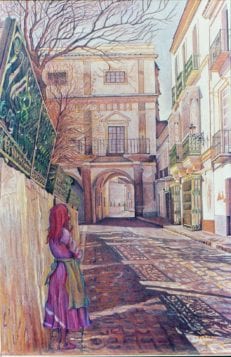
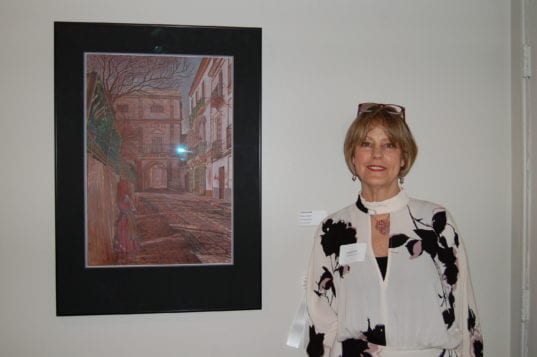

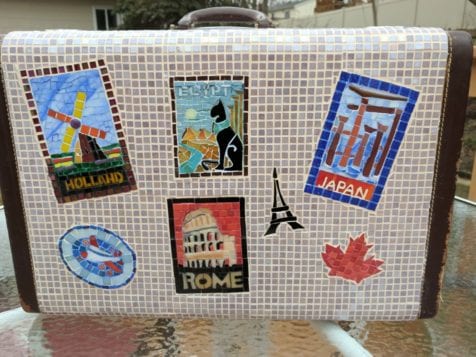
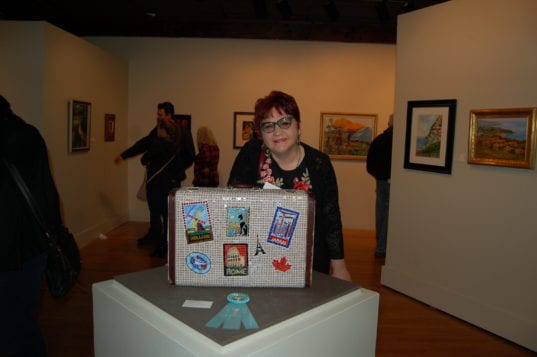
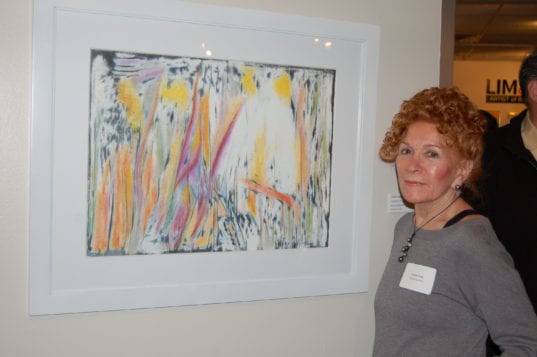

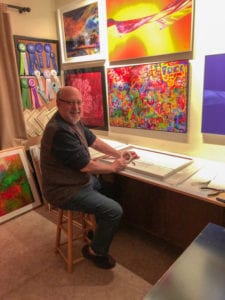

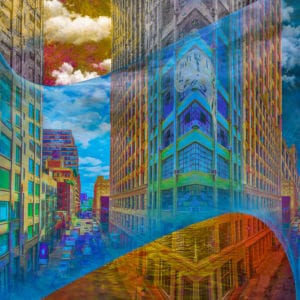





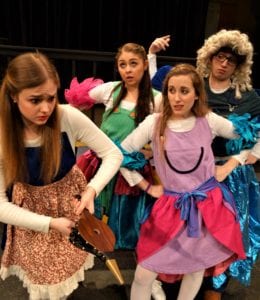
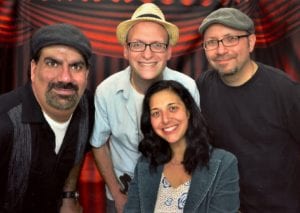 The first half of Theatre Three’s children’s show will feature a sing-along with Lena & The Happy Clam Band. From left, Michael Leuci (guitar), Brian Smith (keyboard), Lena Smith (vocals) and Mike Palumbo (bass guitar) will delight children and parents alike with an interactive concert featuring original songs like “Winter” complete with a snowball fight, a “One Drop in a Bucket” drum quartet and a shadow puppet show.
The first half of Theatre Three’s children’s show will feature a sing-along with Lena & The Happy Clam Band. From left, Michael Leuci (guitar), Brian Smith (keyboard), Lena Smith (vocals) and Mike Palumbo (bass guitar) will delight children and parents alike with an interactive concert featuring original songs like “Winter” complete with a snowball fight, a “One Drop in a Bucket” drum quartet and a shadow puppet show.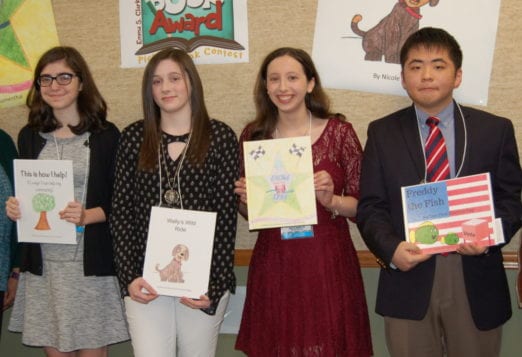
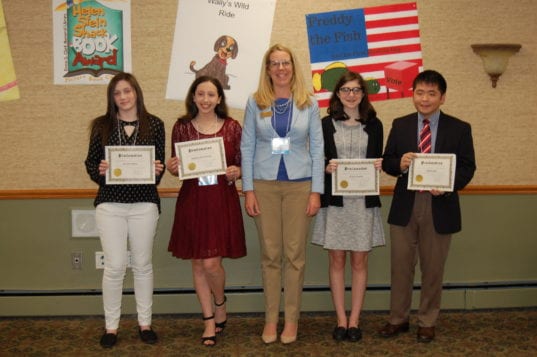

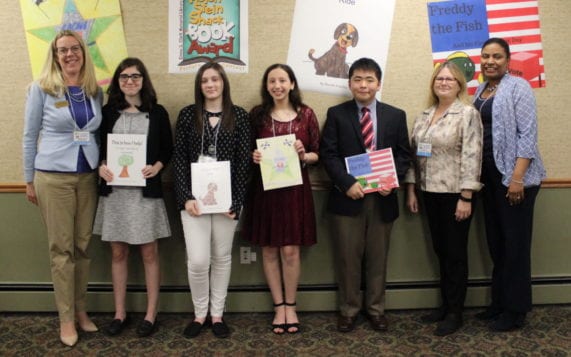
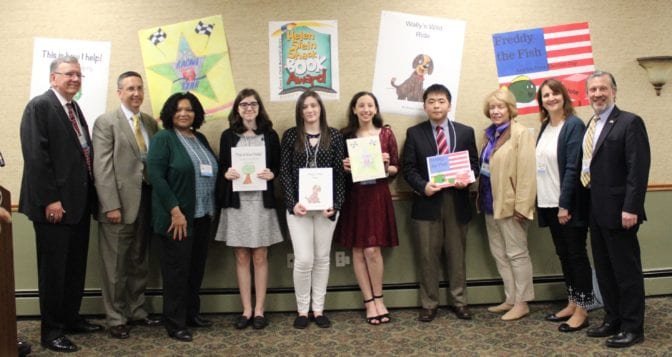



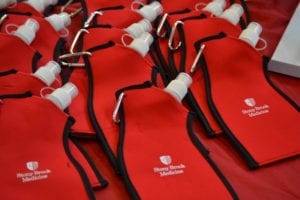
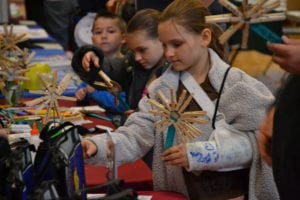
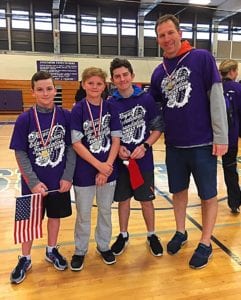 The Health & Wellness Fest has partnered with the Royal Educational Foundation of Port Jefferson, which will be celebrating its fifth annual Power of One Family Fun Run on April 28 as well.
The Health & Wellness Fest has partnered with the Royal Educational Foundation of Port Jefferson, which will be celebrating its fifth annual Power of One Family Fun Run on April 28 as well.


